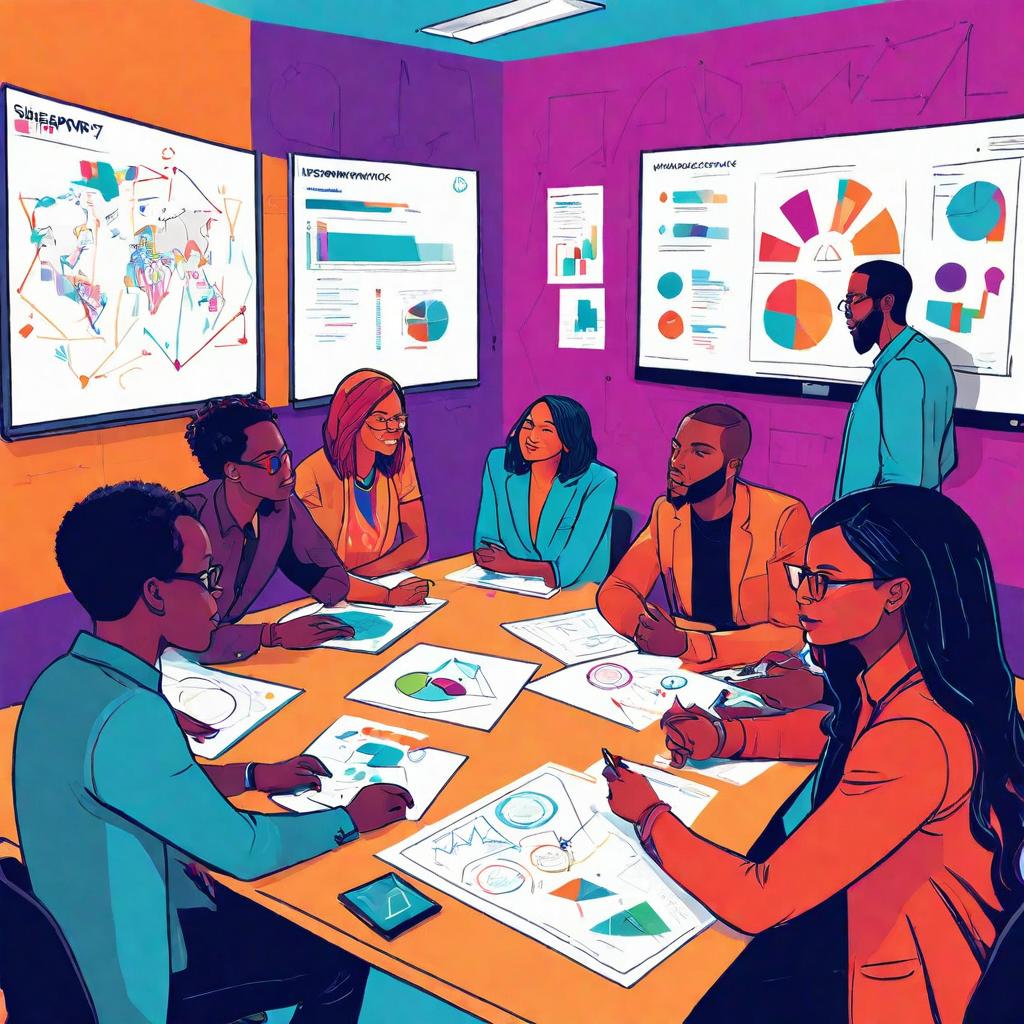Prevail the Hurdles in Higher Education: Tackling and Thriving Challenges Head-On
I. OBTAINABILITY: Bridging the Gap to Educational Equality

A. Financial Obstacles: Financial Constraints on Higher Education
- Many students face barriers in accessing higher education due to financial constraints.
- Scholarships, grants, and financial aid programs can help alleviate this burden for students in need.
- By addressing financial obstacles, we can create a more equitable educational system.
B. Geographical Location: Rural vs Urban Educational Disparities
- Rural areas often lack the same educational opportunities as urban centers.
- Initiatives like online learning platforms can help bridge the gap for students in remote locations.
- Providing equal access to education regardless of geographical location is crucial for educational equality.
C. Inclusivity Problem: Addressing the Needs of Diverse Student Populations
- Students from diverse backgrounds may face unique challenges in higher education.
- Creating inclusive learning environments and support systems is essential for addressing these needs.
- Celebrating diversity and fostering inclusivity can enhance the overall educational experience for all students.
II. Advance Education: Ensuring Excellence in Learning

A. Outdated Curriculum: Adapting to the Demands of the 21st Century
- Traditional curriculum may not always align with the skills needed in today’s workforce.
- Updating curriculum to reflect industry trends and technological advancements is crucial for preparing students for the future.
- By adapting to the demands of the 21st century, we can ensure excellence in learning.
B. Lack of Teaching Resources: Improving Faculty and Infrastructure
- Investing in faculty development and providing adequate teaching resources is essential for quality education.
- Upgrading infrastructure and classroom technology can enhance the learning environment for students.
- Ensuring that educators have the support they need can lead to better academic outcomes for students.
C. Technology Integration: Enhancing the Learning Experience Through Innovation
- Technology can revolutionize the way students learn and interact with course material.
- Incorporating innovative learning tools and digital platforms can enhance student engagement.
- Embracing technology integration can create a more dynamic and interactive educational experience.
III. Student Assistance: Enhancing Engagement and Retention

A. Mental Health Awareness: Supporting Student Wellbeing
- Mental health issues can impact student performance and retention rates.
- Providing mental health resources and support services can help students navigate challenges.
- Prioritizing student wellbeing is essential for fostering a healthy learning environment.
B. Career Guidance: Preparing Students for the Job Market
- Helping students explore career options and develop professional skills is crucial for post-graduation success.
- Offering career counseling and internship opportunities can prepare students for the job market.
- Equipping students with the tools they need for a successful career path can enhance their overall educational experience.
C. Diversity and Inclusion: Fostering a Safe and Supportive Environment for all Students
- Creating a culture of diversity and inclusion is essential for student success and retention.
- Establishing policies and programs that promote equity and respect can cultivate a supportive environment.
- Embracing diversity and inclusion can enrich the educational experience for all students.
IV. Good Governance and Policy: Reforming Systems for Better Outcomes

A. Accreditation Challenges: Ensuring Quality Assurance in Higher Education
- Maintaining high standards of accreditation is essential for ensuring educational quality.
- Implementing rigorous evaluation processes can uphold the integrity of academic programs.
- Adhering to accreditation standards can result in better outcomes for students and institutions.
B. Funding Issues: Balancing Budgets for Sustainable Growth
- Securing adequate funding is crucial for the growth and development of educational institutions.
- Balancing budgets and exploring alternative revenue streams can ensure financial sustainability.
- Strategic financial management is key to supporting long-term goals and initiatives.
C. Political Influence: Navigating the Impact of External Forces on Higher Education
- Political decisions and policies can have a significant impact on higher education institutions.
- Advocating for policies that support education and research can shape the future of the academic landscape.
- Navigating political influence requires collaboration and strategic planning to safeguard the interests of students and faculty.
V. Future Overview: Navigating the Changing Landscape of Higher Education

A. Globalization and Competition: Adapting to an International Educational Environment
- Globalization has transformed the way we approach education and academic research.
- Embracing international partnerships and collaborations can enhance educational opportunities.
- Preparing students to thrive in a globalized world requires a forward-thinking approach to higher education.
B. Technological Advancements: Embracing Digital Transformation for Educational Enhancement
- Technological innovations continue to shape the future of higher education.
- Leveraging digital tools and online platforms can expand access to education and enhance learning outcomes.
- Embracing technological advancements is essential for staying competitive in the digital age.
C. Student-Centric Approaches: Putting the Needs of Learners at the Forefront of Higher Education
- Prioritizing student needs and preferences can lead to a more engaging and effective educational experience.
- Tailoring programs and services to meet the individual needs of students can improve retention rates.
- Adopting a student-centric approach is key to creating a learner-centered educational environment.
In Conclusion:
Addressing the challenges in higher education requires a multi-faceted approach that focuses on accessibility, quality education, student support, governance, and policy reform. By overcoming these hurdles, we can create a more inclusive, engaging, and effective educational system that prepares students for the future.
THANK YOU.







